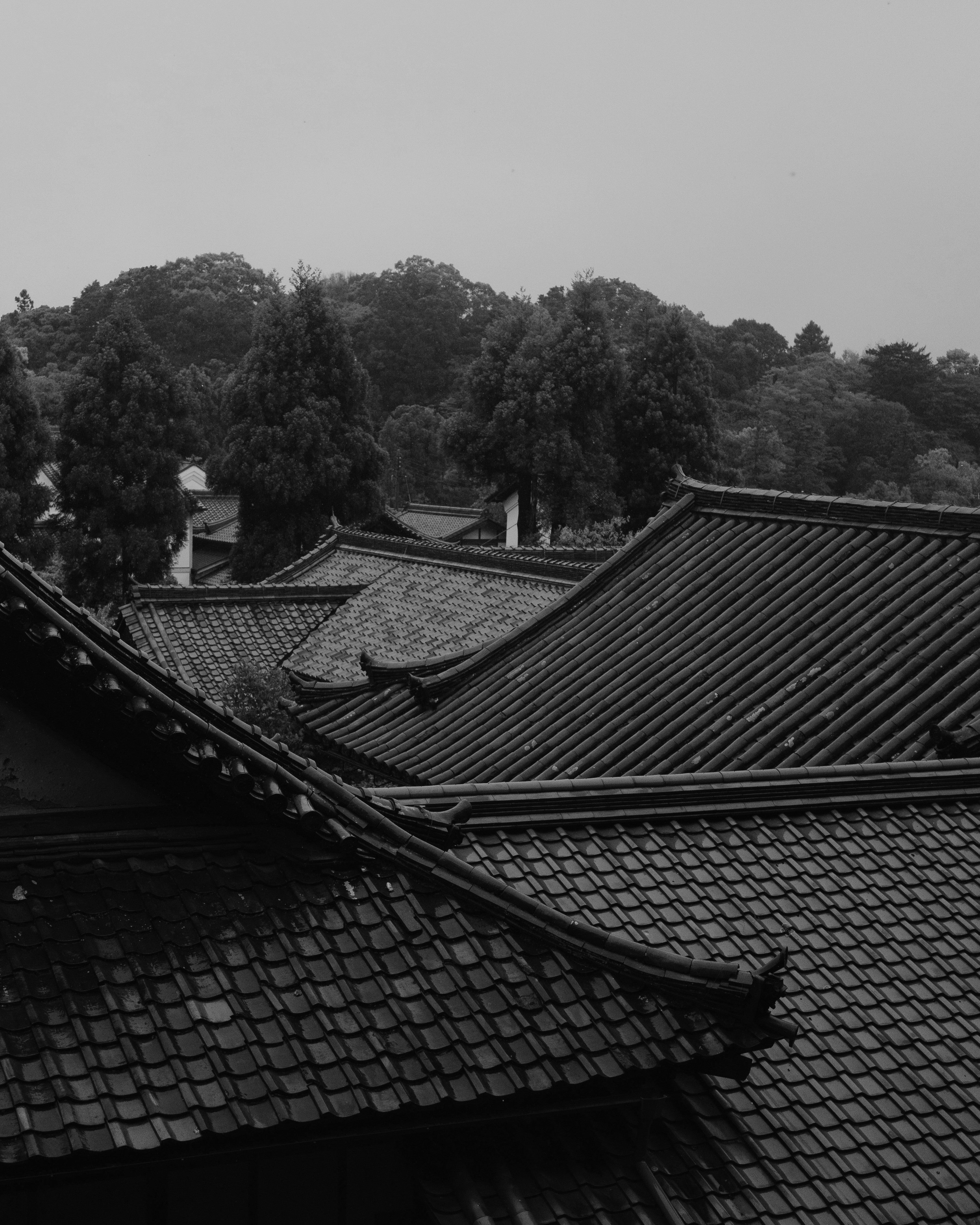Engawa is a long, narrow space between the house and the garden found in traditional Japanese homes. It is similar to a terrace found between the garden and the house in Western homes.
This space, where sunlight shines in and the breeze blows through, has served as a place for people to interact with each other for many years, transcending its role as a mere architectural element.
The veranda is a place where family and neighbors naturally gather.
In traditional Japanese houses, the engawa was a “crossroads of atmosphere” where family and neighbors naturally gathered.
Grandpa read the newspaper, children munched on watermelon, and passing neighbors exchanged greetings—unintentional communication arose naturally in everyday life.
The engawa is a space that is neither inside nor outside, but “in between.” This concept of “in-between” has been highly valued in Japanese culture, embodying the wisdom of maintaining appropriate distances between people and harmonious connections with nature.
The flow of time in silence, fleeting glances exchanged, the rustling of trees in the wind... Each of these elements deepens our awareness of one another's presence.
Japanese culture has the phrase “ishin-denshin” (mind-to-mind communication). This idea of communicating through the heart rather than words perfectly captures the atmosphere of the veranda.
It is a place where emotions naturally permeate without the need for excessive words—that is the veranda.
In modern times, where digital communication has become the norm and emotions are increasingly difficult to convey, there is value in revisiting this “quiet empathy” and reevaluating its significance.
A story of quiet mind and peace, on your skin.
Japanese culture and Buddhist teachings breathe a spirit that guides one toward harmony within connections to nature and others.
Amidst busy days, some choose to inscribe Japanese kanji tattoos as a way to make that spirituality a talisman for their way of life.
haikei designs are not mere decoration; they reflect your inner spirituality and serve as expressions that guide your life's path.
Furthermore, the words of kanji carry a quiet prayer: a prayer for peace for all people worldwide, born from the realization of the preciousness of valuing yourself and, in turn, valuing others equally.
Read more

Win without fighting. When you hear the word “ninja,” you may think of spies who run through the darkness of night or practitioners of spectacular martial arts. However, the essence of their action...

Though the moon may appear waning, it is always whole.Likewise, when we acknowledge our imperfections, we can live fully. The more we seek perfection, the more our shortcomings seem to dominate our...
